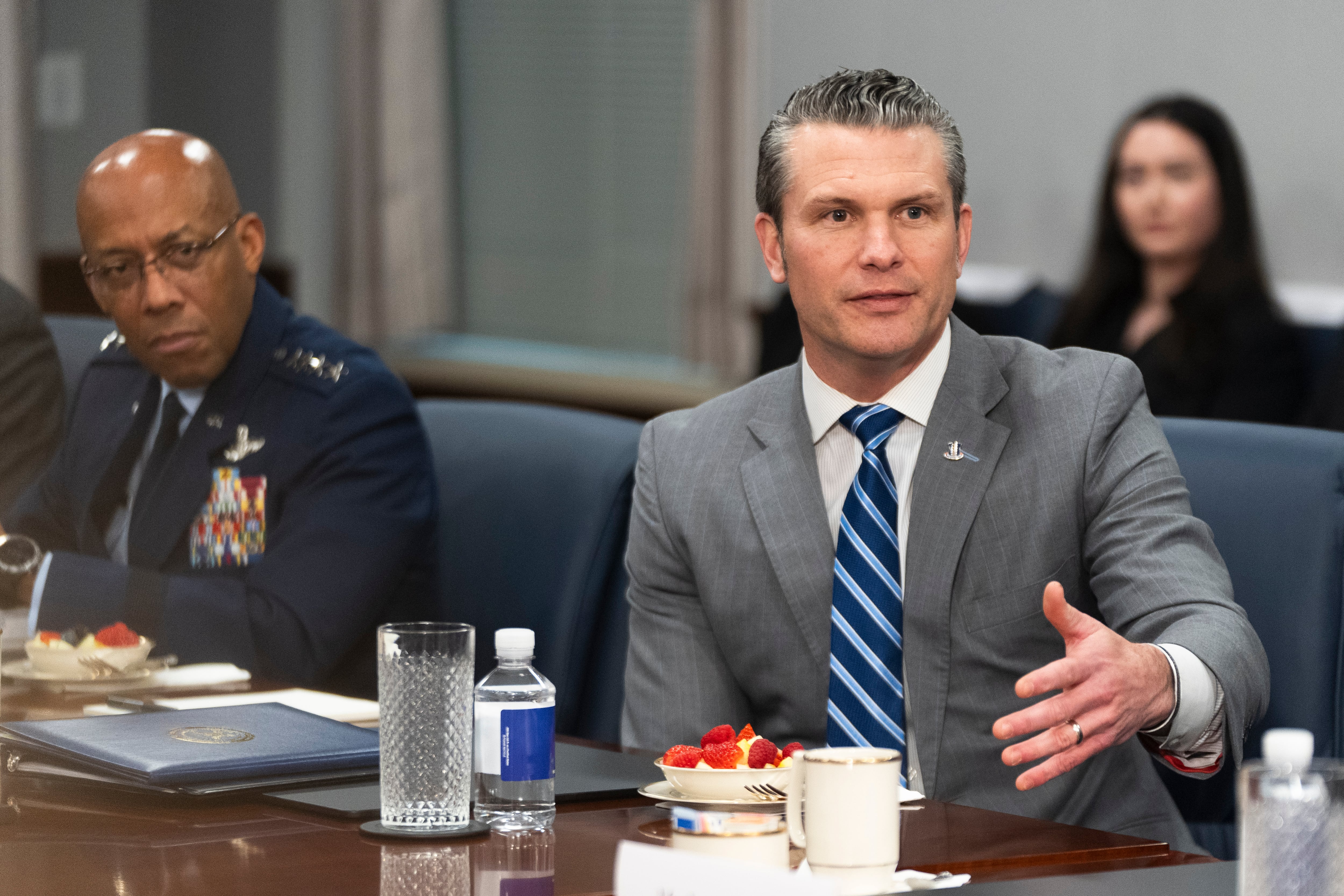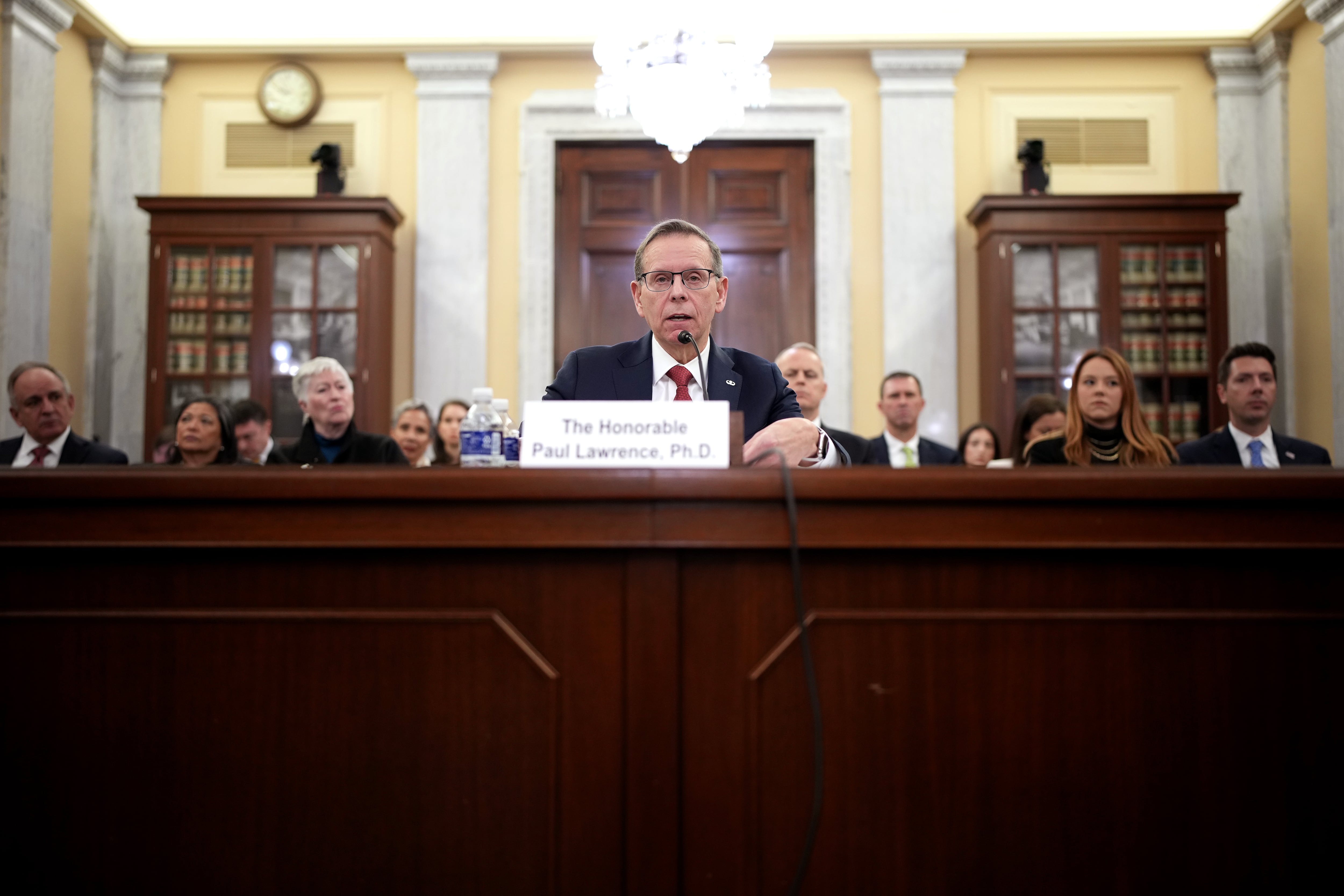Some companies are offering Air Force drone pilots up to twice as much money to fly drones as contractors. Over the next two years, an increasing number of pilots who are only qualified to fly unmanned aircraft will reach the end of their service commitments, and this will free many of them up to enter the civilian workforce.
While pilots and maintainers who leave the Air Force for the private sector can usually count on not deploying again, drone pilots can't be certain they will stay close to home. Many of the jobs advertised for drone operators are for overseas assignments in undisclosed locations for undisclosed clients.
Of the roughly 1,200 Air Force pilots who fly remotely piloted aircraft, about 400 are in the 18X career field, which was created exclusively for drone pilots and sensor operators. The other 800 airmen are manned aircraft pilots who are either temporarily or permanently assigned to fly drones.
Chief of Staff Gen. Mark Welsh recently said the first pilots who completed the 18X training are nearing the end of their six-year commitment to fly drones. "We've got the first group of people who are RPA-only pilots now coming up to the end of their initial commitment this year," he said. "It's a small group. It's another small group next year. The year after that, it's a big group."
Right now, for example, an 18X pilot assigned to Creech Air Force Base, Nevada, who is approaching the end of a six year-commitment is typically a captain with seven years of service, who is making about $103,000 per year in base pay, BAH and monthly flight pay, according to the Air Force. Meanwhile, a major with 11 years of service, who is trained to fly manned aircraft but currently flying drones, is making about $107,000 per year at Creech, with BAH amounts averaged.
To try to keep 18X pilots, the Air Force has increased their monthly flight pay from $650 to $1,500 per month if they continue to serve beyond their commitment of six years after finishing RPA pilot training. The move is meant to be a temporary solution until the Air Force offers 18X pilots a critical skills retention bonus next fiscal year.
Manned aircraft pilots either temporarily or permanently assigned to fly drones are eligible for up to $25,000 per year Aviator Retention Pay to extend their contracts after their 10-year service commitment following their completion of undergraduate pilot training, according to the Air Force.
For drone pilots looking to leave the Air Force, defense firms offer more money — if they are willing to live in austere environments, said a contract drone pilot, who asked not to be identified. Drone pilots can earn $225,000 or more if they are willing to go to Iraq, Afghanistan or elsewhere overseas to launch and recover drones, because it is hard to train people for that part of the mission.
Major defense firms are also paying contract drone pilots roughly the same amount of money they earn in the Air Force to fly intelligence, surveillance and reconnaissance missions from inside the U.S., the contractor said. Companies outside the defense industry will offer drone pilots far less money.
Jobs downrange are plentiful for now, but that may change as the U.S. draws down in Afghanistan and elsewhere, said Alex Mirot, an assistant professor and program coordinator for unmanned aircraft systems at Embry-Riddle Aeronautical University.
Those jobs can involve flying drones on reconnaissance missionsthat typically last about eight hours, Mirot said.
"Now, the hope is that some of that will be offset by global oil and natural gas starting to use these [drones]. And those will be higher-paying jobs."
Like the downrange positions, those jobs would be overseas, said Mirot, a former Air Force drone pilot, who left the service in 2009 as a major. Initially, Mirot became an instructorand his salary was roughly the same as his Air Force compensation.
"When I got out, and I think it's still about true, if I wanted to make the same salary I was making inside, I would either have to be an instructor on a training contract — I had to go to D.C. and become a policy guy — or I had to go overseas," he said.
The FAA's current proposed rules to integrate drones into U.S. airspace would only allow small drones to fly during daylight hours within the operator's line of sight, said retired Maj. Gen. James Poss, former assistant deputy chief of staff for intelligence, surveillance and reconnaissance. That means the requirements for drone pilots are not high.
Until the FAA allows the larger drones to operate in U.S. airspace, there will be no market for highly trained drone pilots, so most former Air Force drone pilots become government contractors or start their own businesses, said Poss, who now researches drone issues at Mississippi State University.
"There's a whole force out there in industry that is doing everything it can to make sure that you keep those pilot qualifications low and the amount of automation in the system high," Poss told Air Force Times.
For one drone pilot, the idea of becoming a civilian contractor flying unmanned aircraft for the government is appealing, because he would no longer have to evaluate officers and enlisted airmen or do any of the other time sucks that define Air Force life.
"In a lot of ways, it's like: 'Wait, where's my incentive to stay?' " said the pilot, who asked not to be identified. "The Air Force in a lot of ways has signaled that they really don't care about the community and the viability of it into the long-term future. They've made a lot of their decisions looking at the three to five years out, but they're failing to see if this community stays around for 20 years."





